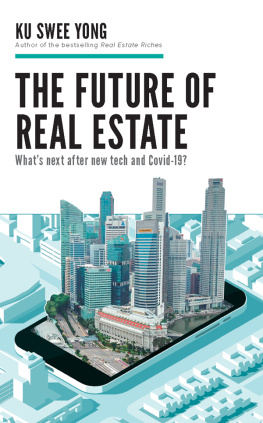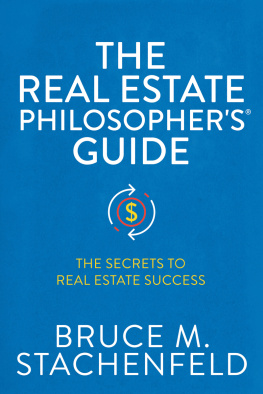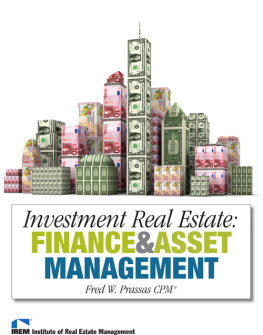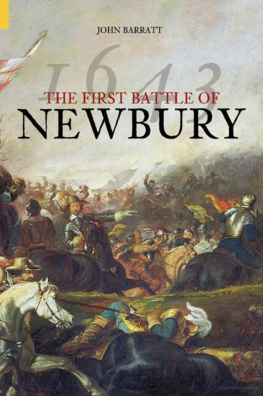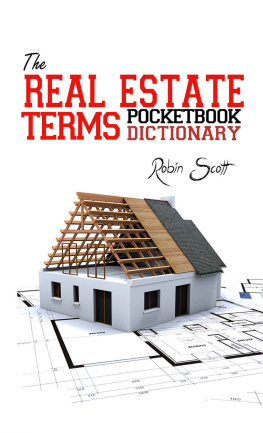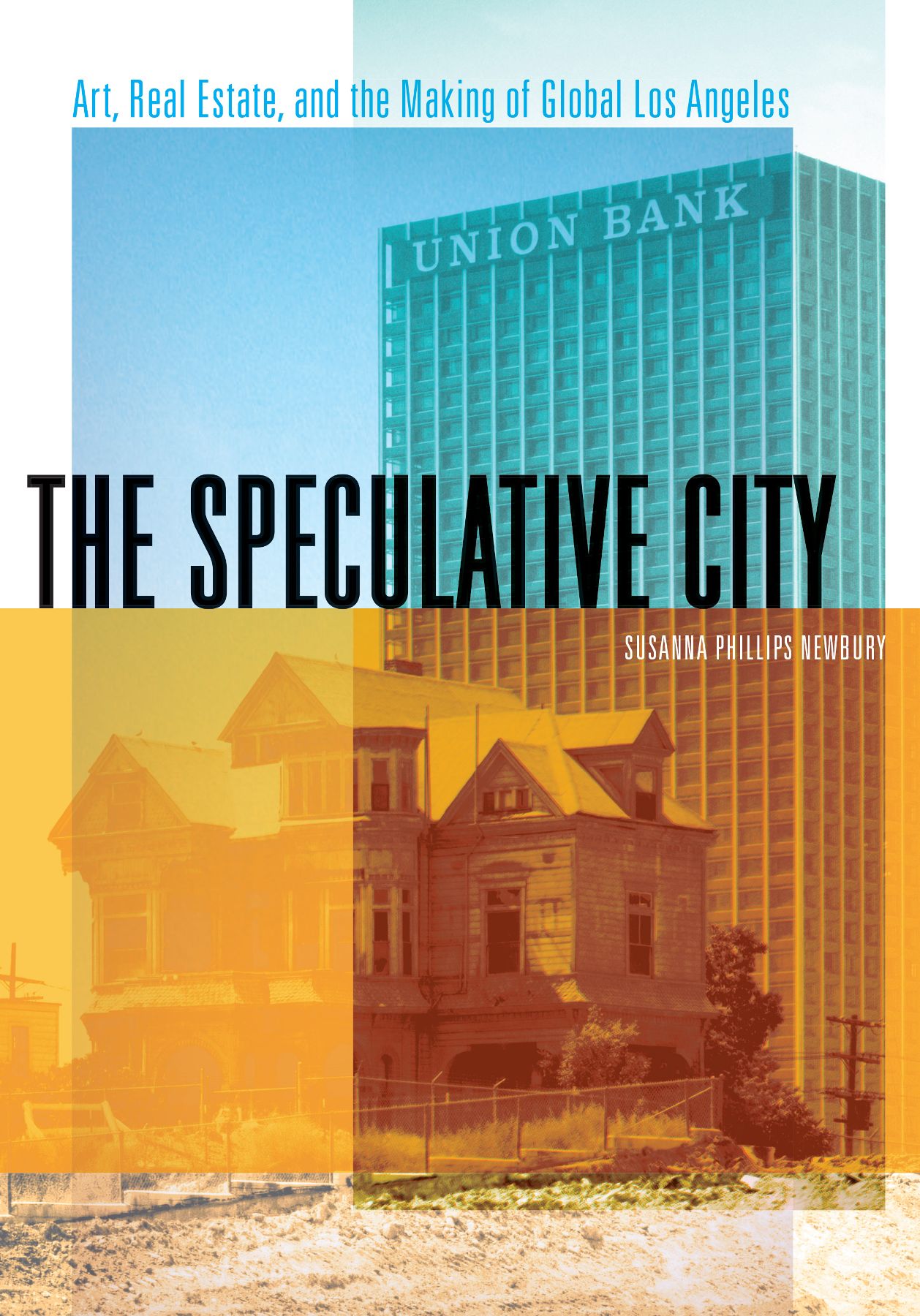
The Speculative City
The Speculative City
Art, Real Estate, and the Making of Global Los Angeles
Susanna Phillips Newbury

University of Minnesota Press
Minneapolis
London
Publication of this book has been aided by a grant from the Millard Meiss Publication Fund of CAA.


The University of Minnesota Press gratefully acknowledges the financial support provided for the publication of this book by the College of Fine Arts at the University of Nevada, Las Vegas.
Portions of chapter 1 were originally published as Thirtyfour Parking Lotsin the Fragmented Metropolis in the exhibition catalog for Everything Loose Will Land: 1970s Art and Architecture in Los Angeles,an exhibition organized by the MAK Center for Art and Architecture, Los Angeles. Published by Verlag fr moderne Kunst Nrnberg.
Copyright 2021 by the Regents of the University of Minnesota
All rights reserved. No part of this publication may be reproduced, stored in a retrieval system, or transmitted, in any form or by any means, electronic, mechanical, photocopying, recording, or otherwise, without the prior written permission of the publisher.
Published by the University of Minnesota Press
111 Third Avenue South, Suite 290
Minneapolis, MN 55401-2520
http://www.upress.umn.edu
ISBN 978-1-4529-6601-4 (ebook)
Library of Congress ebook record available at https://lccn.loc.gov/2020058508
The University of Minnesota is an equal-opportunity educator and employer.
For my mother
Contents
Art on FIRE
The photograph is pure speculation. Like a composite, or a storyboard, its image shows a shift of scene. In the foreground, two wood-frame houses, one small (the Saltbox), the other a derelict mansion (the Castle), sit perched on a small rise, penned off from the dirt and debris that surround them by a chain-link fence. The image is crisp and well composed. A white 1960s car aligns with the ridgeline at lower left, chain-link leading across the construction site toward a half-hidden oak tree and telephone pole on the rightsigns of life in an otherwise apocalyptic space. The houses sit starkly outlined against a gradient background, one that fades from white to a rich gray as the eye moves up, as if signaling the edge of the image is the edge of its own world. They have been left for dead.
The Castle(1968) looks south and west across the land, the leveled former nexus of nineteenth-century Los Angeles. The scene captured by Julius Shulman has indeed been evacuated, cleared of peoplethe working-class Black, brown, Indigenous, and Anglo community that made up its most recent populationcleared of buildings for urban renewal except for the designated Historical Cultural Monument Saltbox and Castle buildings, cleared even of pavement. Not a trace of sky lingers over the old scene. The buildings were soon to be raised on truck beds and packed two miles north, off the bank of a dry river, planned as Heritage Square, a displaced vestige of Victorian LA. Within a year, they too would vanish during restoration, burnt down in a fire set by young people in search of a place to party as part of a history of forgetting.
Despite its mournful capture of endings, the photograph also sees the future. The viewer looks both at and through the scene. Behind the wood-frame buildings, a behemoth rises: a gridded, rectangular, modern structure, its beams and floor lines scaffolding turned design, flat and inexpressive against the Queen Anne vernacular. At the top, on a black background, the words Union Bankrun, centered, across its surface, its text naming the image as if announcing its future. Just above, light clouds reappear, anchoring the scene in the geography of the everyday, caught in a moment of passing. Completed that same year by Albert C. Martin & Associates, local adherents to International-style modernism, it was the first skyscraper to be built in Downtown Los Angeles. It was also an aspirational symbol of things to come: the implementation of an efficient, gleaming new city on a hill. Backed by private capital, secured by corporate multinationals and sleek cultural institutions, the 1969 vision of LAs urban future sought to rewrite the citys identity, speculatively, as one of streamlined global power.
Next page


